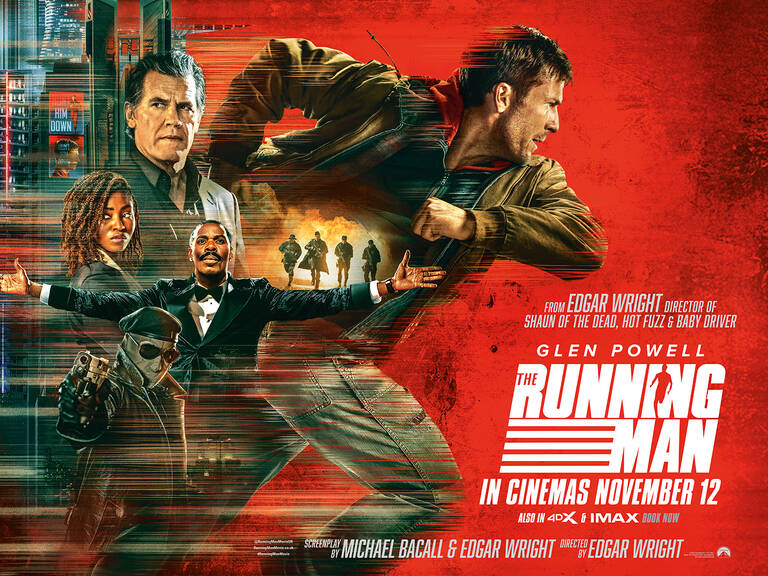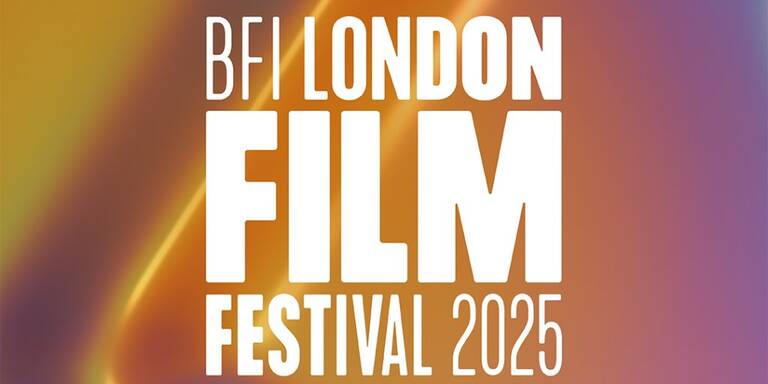
The London Film Festival is a busy time for both filmmakers and press. However, an excellent part of it is the opportunity to meet the directors behind some of the films on show in a more informal way than unusual. A series of afternoon teas are organised in order to match-up, speed-date style, journalists and directors over a cup of tea and a scone or three. I spoke to Billy O’Brien (Isolation, The Hybrid), who is the man behind I Am Not A Serial Killer and Alice Diop (Le Mort De Danton), the woman behind the French documentary On Call.

I Am Not A Serial Killer is a genre-blend of psychological mystery, horror and a touch of coming-of-age. It concerns John Wayne Cleaver and his frighteningly practical attempt not to become a serial killer. He is a teenager who becomes enthralled by a series of murders that spring up in his small mid-Western town of Clayton. I chatted to Billy and here’s what happened:
We began by discussing ‘expectation’ over the film, especially from his perspective as director. O’Brien explained that the festival gives the film a platform of respect that you sometimes don’t receive from critics when they sit down to a screening. The fact that the film had a showing at Cannes also helped. Even if someone might be lining up a 1* panning, he felt like they had to provide more justification, be more investigative. With this in mind, he cites a RogerEbert.com review that closes “don’t bother with this nonsensical time-waster” and takes it in his stride, not particularly objecting to the dislike of his film per se, but the non-objective urge to cinema-goers actively not see it. He dropped in that the film was at 88% on Rotten Tomatoes.
This film is an adaption from the first book in a series by Dan Wells which features John. Wells has long been a fan of the book becoming a film and O’Brien actually acquired the rights to do so in 2009. He told me that they had flipped the narration outside of the first-person in order to see how John reacts, rather than detailing his every thought as in the books. This was key for O’Brien and he referenced a scene that occurs on a frozen lake. The action we see takes place from the point of view of John’s hiding place in the nearby snow-laden woods. The result is that the events are somewhat ambiguous seen from such a distance. He said they did some close-up shots at the same time but they were shelved. For me, it helps you follow John’s place in the murder spree around him and debunks a lot of the hot-aired rhetoric from the RogerEbert review. You piece the clues together as you interpret them, in real-time, explaining John’s seeming inaction at times. You ask ‘Is that what I thought I just saw? No, couldn’t have been.’
I likened the film to the TV show of Fargo with its snowy parochial setting and dark dryly slanting humour in the face of a growing body count. Indeed, Christopher Lloyd, who is John’s neighbour Mr. Crowley, played Lou, the cafe-owning father to police detective Solverson, played by Alison Tollman. Billy O’Brien shrugged this off somewhat because he was such a fan of the Coens’ film, but accepted there are parallels. Everyone else had apparently been referring to Stranger Things. He explained that the film was actually shot in Coen-country Minnesota and as their Fargo was actually done in Canada, they had a degree of local kudos.
On the subject of geography, Billy laughed that he had at least helped Dan Wells to supercede fellow fantasy/sci-fi, Utah-dweller Brandon Sanderson by having one of his books adapted for the big screen. However, he did note that Sanderson has hit the #1 spot in the New York Times bestseller list five times, so it’s all relative.
Billy asked if I saw the film in a cinema, worrying that the film won’t be as effective On Demand or at home due to the smaller screen. There are a lot of details packed into the design of this film. Indeed, I had a few narrative questions, even though I saw it on a silver screen there were clues I had misunderstood and ones I hadn’t picked out. The irony being of course that it’s a mystery well worth re-watching (on his dreaded VOD or home entertainment formats) to see those little extras.
He was well aware that it has divided opinion. He described a ‘Letterboxd.com’ screengrab he took of a detailed 5* review which was immediately followed by an equally thorough 1* review. He sent it to the cast and crew labelled ‘Marmite’ film – something which he seemed very proud of.

On Call is a fly-on-the-wall French documentary shot and directed by Alice Diop. It follows a series of asylum-seeking patients who have been drawn to a particular suburban GP surgery in Avicenne Hospital, Paris. It airs their harrowing stories and their attempts to navigate the ‘Kafkaesque’ form-filling system of paperwork that allow them to work, receive healthcare or other welfare support. “They keep coming back here because they still harbour hopes that this place will give them the means to stay afloat, to survive the turmoil of their lives hitting rock bottom.”*
This project became a serious personal undertaking for Alice. She undertook a year of research, a year of shooting footage and a further eight months editing it into 97 minutes.
One of the most striking aspects of watching On Call is the consistent calm of Dr. Geeraert, our ever-present practitioner (the whole documentary takes place in one room with the same doctor receiving each patient end-on-end), in the face of some horrific backstories. I asked Diop how difficult she found it to stay observant and professional while filming. She explained that she was there not only as a filmmaker, but as a human and member of French society. She decided she didn’t have the dispassionate training of the doctor and that it was part of her job to get emotionally invested in these people’s lives. Indeed, the final scene shows her being asked by Dr. Geerart to step in and provide comfort to a woman reliving a past trauma. It only happens once and is just a small demonstration of Diop’s involvement.
In that vein, I wondered what kind of direction she gave hospital staff and patients, whether to interact with the fact she was present with her camera. She told me that there was none at all. The lengthy filming period allowed her to become part of the furniture not only for hospital staff, but for patients as well. It was designed to create a very naturalistic look at the day-to-day realities. It definitely works. Interestingly however, patients do occasional look at the camera when explaining something to Dr. Geerart.
This acceptance of the presence of the camera was an important part of the process for the director. It is meant to show how this particular medical facility is an outlet for people who are otherwise alienated and isolated. They can talk about their past, their families at the same time as being treated for their conditions. In France, these people are referred to as ‘sans papiers’, without parers, without identity. Alice told me that through word of mouth amongst the disparate migrant communities this particular place was somewhere they could talk to people that care and listen. Therefore by extension, she was happy for the camera to feel like an extension of that ability to voice themselves, to be heard.
We talked about how difficult the editing process was, requiring her to obviously cut some people out of this process. Spending a year there demonstrates how dedicated she was and how many other stories she must have heard, especially as some patients are seen to return again and again.
Diop hopes the film highlights the poor attitude and lack of funds in most other hospitals, as this particular place and doctor have become such a specific phenomenon for asylum seekers.
*from the production notes of On Call


